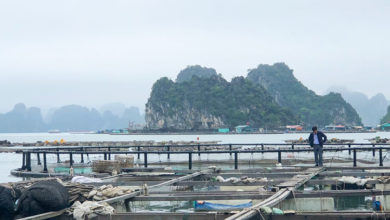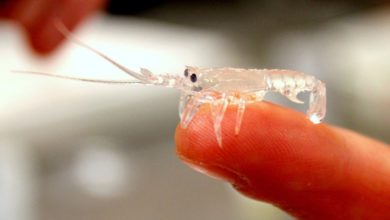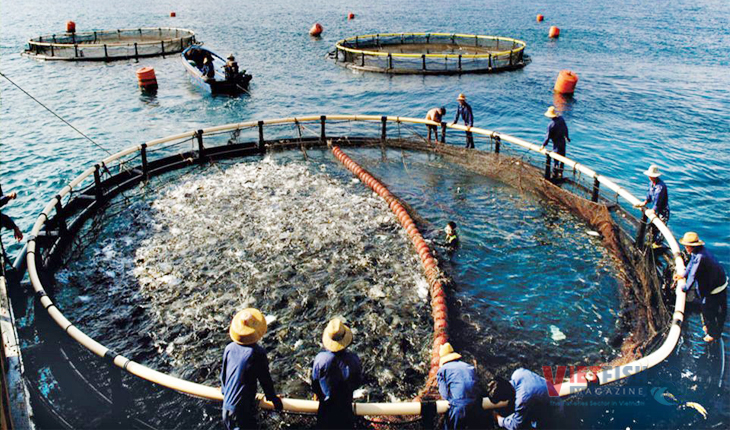Quảng Nam: Prospect of model for farming of caged snub-nose pompano in the river
Quảng Nam has an area of more than 8,000 hectares of water surface for aquaculture, of which nearly 3,000 hectares are for salt and brackish farming. In recent years, farmers have taken advantage of this strength to develop the economy, increase income, eradicate hunger and alleviate poverty.
In 2021, Quảng Nam Agricultural Extension Center in collaboration with local authorities built a trial model of snub-nose pompano in Tam Hải commune, Núi Thành district, Quảng Nam province.
The model of raising caged snub-nose pompano was implemented on a scale of 150 m3; 6,000 juveniles (PL) were stocked with a density of 40 PL/m3 in a period of 6 months. Farmers joining in the model were supported 70% seed, cost of feed, and digestive enzymes by the State, the remaining 30% were from reciprocal capital.
At first, technology transfer at trial faced difficulties because farmers hesitated to make reciprocal investments and had no experience in this new type of fish. Understanding those difficulties, the staff of the model actively encouraged households to enthusiastically participate in building the trial.
The model has changed fishermen’s perception about the farming method applying technological advancements. Fish are raised in the direction of safe food with management and supervision of aquatic health, environmental protection, and isolation from germs to limit disease risks.
After more than 5 months of farming, fish weigh 500 grams/piece with an average survival rate of over 80%. Snub-nose pompano can gain much greater profits compared to other fish types such as red drum, giant seaperch, etc. The snub-nose pompano is currently priced at 130,000 – 150,000 VND/kg.
It can be said that the success of caged snub-nose pompano farming will open up new potential for saltwater and brackishwater aquaculture to diversify species, towards sustainable development and disease limitation. Moreover, this model also aims to create fresh products with identified origins for consumption and export. These can positively contribute to creating jobs, increasing income, and promoting the socio-economic development of the province.
VFM






